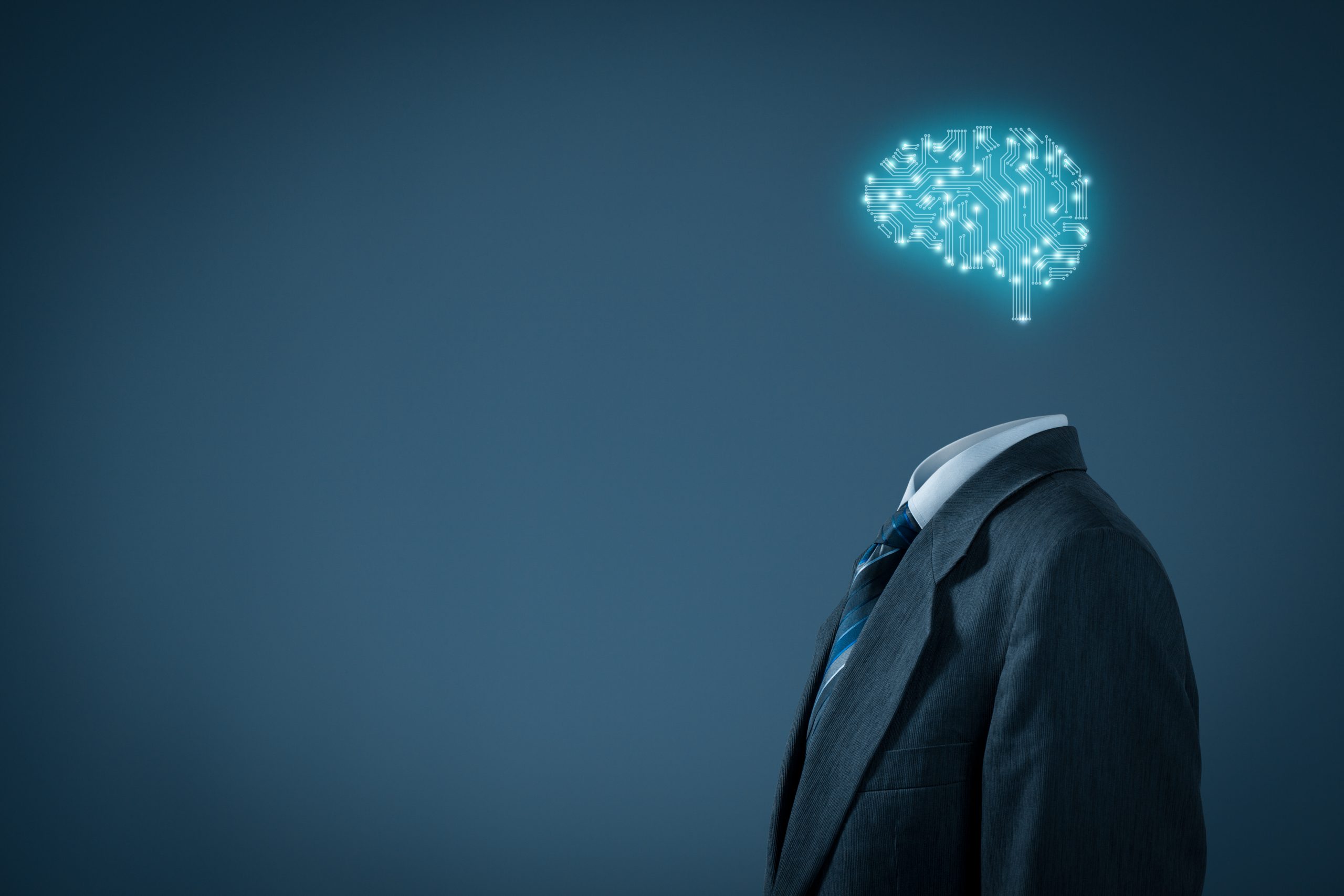“The diffusion trend for artificial intelligence inventor-patentees started at 1% in 1976 and increased to 25% in 2018, which means that ‘25% of all unique inventor-patentees in 2018 used AI technologies in their granted patents.’”
 On October 27, the United States Patent and Trademark Office (USPTO) released a report titled “Inventing AI: Tracing the diffusion of artificial intelligence with U.S. patents.” The study showed that artificial intelligence (AI) patent applications increased by more than 100% between 2002 and 2018, from 30,000 to over 60,000, and the overall share of patent applications containing AI subject matter rose from 9% to nearly 16%.
On October 27, the United States Patent and Trademark Office (USPTO) released a report titled “Inventing AI: Tracing the diffusion of artificial intelligence with U.S. patents.” The study showed that artificial intelligence (AI) patent applications increased by more than 100% between 2002 and 2018, from 30,000 to over 60,000, and the overall share of patent applications containing AI subject matter rose from 9% to nearly 16%.
Defining Artificial Intelligence
According to the U.S. National Institute of Standards and Technology (NIST), AI technologies and systems “comprise software and/or hardware that can learn to solve complex problems, make predictions or undertake tasks that require human-like sensing (such as vision, speech, and touch), perception, cognition, planning, learning, communication, or physical action.” However, for purposes of patent applications and grants, the USPTO defines AI as including one or more of eight component technologies: vision, planning/control, knowledge processing, speech, AI hardware, evolutionary computation, natural language processing, and machine learning. Between the years of 1990 and 2018, the largest AI technological areas were planning/control and knowledge processing, which include inventions directed to controlling systems, developing plans, and processing information. In addition, the study showed that patent applications in the areas of machine learning and computer visions have shown a pronounced increase since 2012.
Diffusion of AI Technology
The study explained that, since 1976, AI technologies have been diffusing across a large percentage of technology subclasses, spreading from 10% in 1976 to more than 42% of all patent technology subclasses in 2018. The study identified three “distinct clusters with different diffusion rates” in order from the fastest to the slowest growing: 1.) knowledge processing and planning/control, 2.) vision, machine learning, and AI hardware, 3.) revolutionary computing, speech, and natural language processing. The study noted that the clusters “suggest a form of technological interdependence among the AI component technologies,” but also noted that additional research is required to understand the factors behind the patterns.
The study also identified the growth in the number of AI inventors as an indicator of diffusion. In particular, the diffusion trend for inventor-patentees started at 1% in 1976 and increased to 25% in 2018, which means that “25% of all unique inventor-patentees in 2018 used AI technologies in their granted patents.”
Noting that AI requires specialized knowledge, the study pointed out that diffusion is generally slower and can be restricted to a narrow set of organizations in areas where skilled labor and technical information are harder to obtain, such as in AI. The study identified the top 30 U.S. companies that held 29% of all AI patents granted from 1976 to 2018. The leading company was IBM Corp. with 46,752 patents, followed by Microsoft Corp. with 22,067 patents and Google Inc. with 10,928 patents.
Geographic Diffusion of AI Technology
With respect to geographic diffusion of AI, the study indicated that, between 1976 and 2000, AI inventor-patentees tended to be concentrated in larger cities or established technology hubs, such as Silicon Valley, California, because those regions were home to companies with employees having the specialized knowledge required to understand AI technologies. Since 2001, AI inventor-patentees have diffused widely across the U.S. For example, Maine and South Carolina are active in digital data processing and data processing adapted for businesses, Oregon is active in fitness training and equipment, and Montana is active in inventions analyzing the chemical and physical properties of materials. The study also showed that the American Midwest is adopting AI technology, but at a slower rate. For example, Wisconsin leads in medical instruments and processes for diagnosis, surgery, and identification and Iowa, Kansas, Missouri, Nebraska, and Ohio are contributing to AI technologies relating to telephonic communications. Further, inventor-patentees in North Dakota are actively contributing to AI technologies as applied to agriculture.
The Future of AI and Study Methodology
The USPTO noted that the study suggests that AI has the potential to be as “revolutionary as electricity or the semiconductor” and depends, at least in part, “on the ability of innovators and firms to successfully incorporate AI inventions into existing and new products, processes, and services.”
The report results were obtained from a machine learning AI algorithm that determined “the volume, nature, and evolution of AI and its component technologies as contained in U.S. patents from 1976 through 2018.” This methodology improved “the accuracy of identifying AI patents by better capturing the diffusion of AI across technology, companies, inventor-patentees, and geography.”

![[IPWatchdog Logo]](https://ipwatchdog.com/wp-content/themes/IPWatchdog%20-%202023/assets/images/temp/logo-small@2x.png)

![[Advertisement]](https://ipwatchdog.com/wp-content/uploads/2024/04/UnitedLex-May-2-2024-sidebar-700x500-1.jpg)
![[Advertisement]](https://ipwatchdog.com/wp-content/uploads/2024/05/Quartz-IP-May-9-2024-sidebar-700x500-1.jpg)
![[Advertisement]](https://ipwatchdog.com/wp-content/uploads/2024/04/Patent-Litigation-Masters-2024-sidebar-700x500-1.jpg)

![[Advertisement]](https://ipwatchdog.com/wp-content/uploads/2021/12/WEBINAR-336-x-280-px.png)
![[Advertisement]](https://ipwatchdog.com/wp-content/uploads/2021/12/2021-Patent-Practice-on-Demand-recorded-Feb-2021-336-x-280.jpg)
![[Advertisement]](https://ipwatchdog.com/wp-content/uploads/2021/12/Ad-4-The-Invent-Patent-System™.png)







Join the Discussion
2 comments so far.
Steven
October 31, 2020 11:23 amVery good summary and many insights.
I just wonder if there are already solutions on the market that help corporate learning providers
Tim Billings
October 29, 2020 11:57 pmRebecca, are you familiar with HDC vs Intel patent infringement case involving AI? Any thoughts?